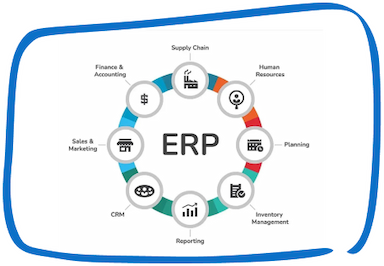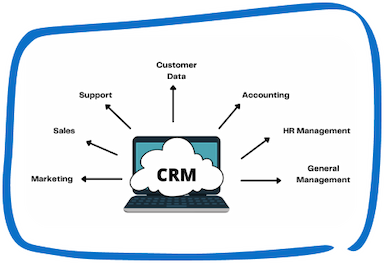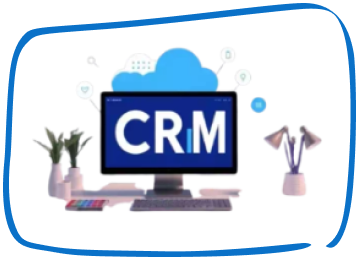An Enterprise Resource Planning (ERP) system completes every part of a business. Chosen and implemented properly it can nurture growth or stability. If not done in the correct manner or poorly can result in wasted expense, opportunities and careers. So how do you pick the right ERP? Well the first thing to note is the software itself is but a part of an overall successful ERP deployment.
Stakeholders of successful IT projects recognize that people, more than technology, are often the deciding factor in determining success. Look at this quote from Michael Krigsman in Computerworld’s article the worst IT project disasters of 2013, “People mistakenly believe that IT failures are due to a technical problem or a software problem, and in fact it has its roots into the culture, how people work together, how they share knowledge, the politics of an organization.
Free Demo Available for All Products:
The worse the politics, the more likely the failure…” A positive take on this perennially challenge is explored in the blog People make your projects great or just good, it is all up to you, which arose after one of our customers asked the question “Tell me, what are the issues you most frequently encounter when upgrading an ERP site?” Notwithstanding that this question related to an upgrade, many of the insights ring true for a new ERP. Now let’s get a definition, before we continue too much further. What is an ERP? Enterprise Resource Planning software is used by organizations to capture, track and manage business critical data across all departments.
These days, ERP is often synonymous with a financial system – since a modern finance system goes well beyond basic accounting. The traditional areas of ERP generally include one or more of the following areas: financials, distribution, HR, manufacturing, service management, and sales & marketing. Alternative sub-groups or specialized systems such as CRM (customer relationship management) are often brought under the ERP umbrella. In this whitepaper, we will review many of the aspects associated with engaging a new ERP, recognizing that the technology is but one component. Whether the selecting a new or replacement ERP this whitepaper explores 5 core steps: Create a vision; devise a set of criteria; establish a budget, perform the selection; and commit to the process

What does this mean in real terms?
Well, here are some tangible examples which will help bring the diagram to life.
Increase access people have to data [experience via accessibility]
Decrease the number steps in a process [frequency via optimization]
Increase data integrity [experience via accuracy]
Increase use of technology to give exposure to new markets [money via innovation]
Decrease the raw material wastage by optimizing orders [money via optimization]
Increase the ease of generating or lodging tax returns [experience via compliance]
As a first step, give some serious consideration to answer some of the big questions. For example, do you need an ERP to provide an innovative platform growth or is regulatory compliance more important? Do you want to focus on optimizing existing business processes or provide greater accessibility to reports for decision making? The answer may be all of the above and more. Having gained some insight, it is important to try and encapsulate this into a brief statement. Look at the following examples: Over the next five years, to expand our operation into SE Asia we need an ERP to unify our order and fulfillment process that will cater for the anticipated 50% growth in sales. An integrated financial and warehouse ERP means we can expand our operations without incurring significant labor costs and duplicating current inefficiencies. Implementing an ERP will help us comply with new regulatory standards necessary to maintain our gold certification and compete competitively for government contracts. These examples go some way to showing what a vision statement for your ERP selection might look like.
Not: - Two organizations with different visions or objectives may choose the same software application. The crux is not so much “what is the vision” or “which software” do I pick. The key is understanding what you want to do and why. Having a clear vision statement will lead to better decision making, better choices and better execution.
ERP Software Solutions Dubai, UAE
Speak with Our Team!
4.9 Stars
1k+ reviews on





